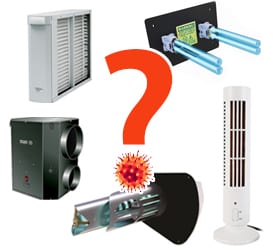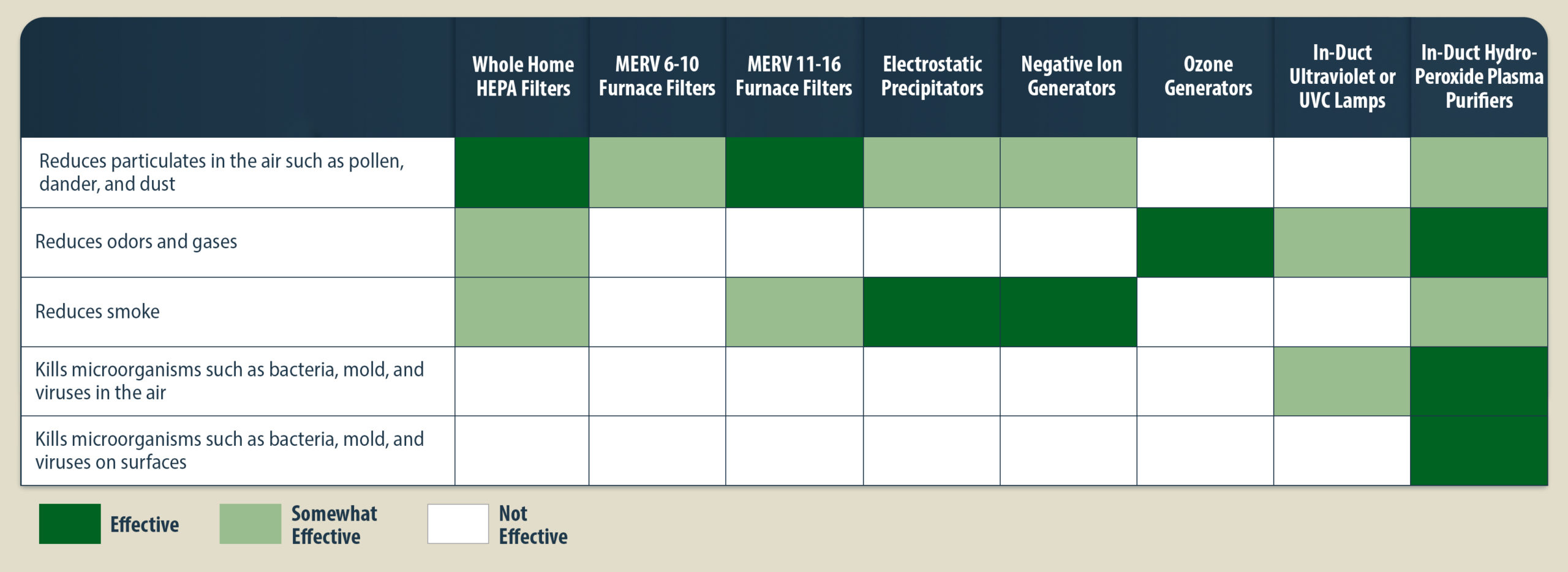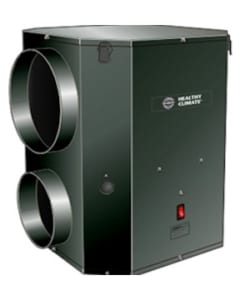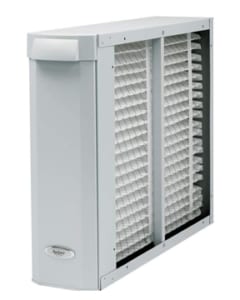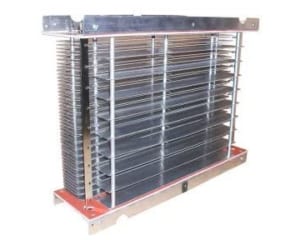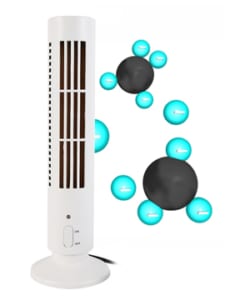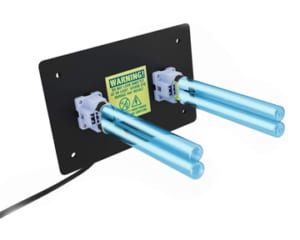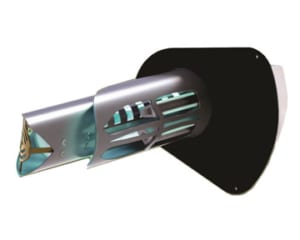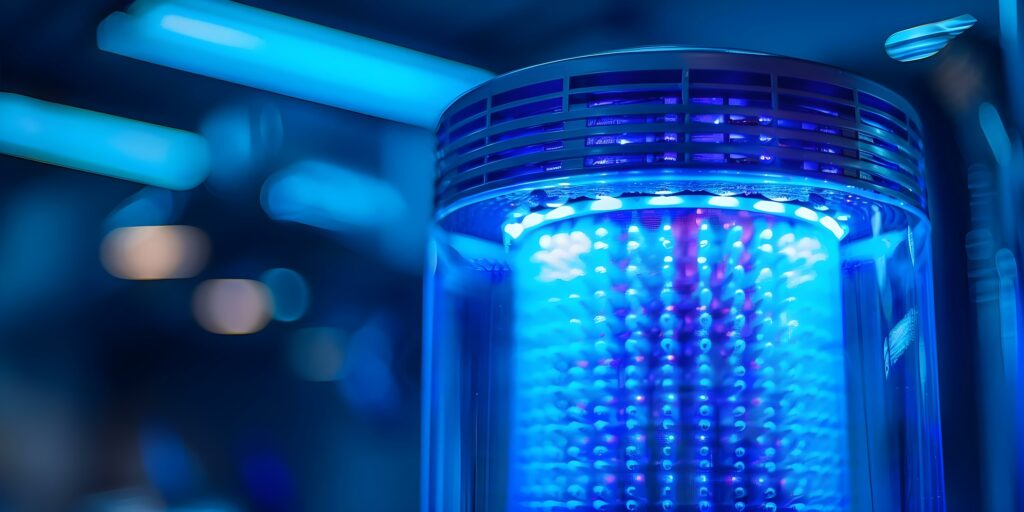Air Filters vs. Viruses
Improving Your Indoor Air Quality in the Wake of COVID-19
As we hear more about Coronavirus and its potential impact, customers have been asking what air purification options are effective and available. In response, below we have outlined several options for improving the indoor air quality of your home or business.
Various products define “improved air quality” differently, so we have broken down each filtration category simply to show if the product type removes particulates such as pollen, dander, and dust, reduces odors and gases, or kills microorganisms such as bacteria and viruses.
PLEASE NOTE: Do not conclude that having an air purifier or filter of any kind is a substitute for safe practices such as regularly disinfecting surfaces and hand washing. These are not medical devices and no medical claims are made for any of the products listed below.
Indoor Air Cleaning Options Quick Guide
This table is a quick reference guide to assist our customers in their quest for improved indoor air quality, and contains only generalized information. The effectiveness of any single product should be evaluated fully before purchase. Continue reading for more detailed explanations.
Whole Home HEPA Filter
High Efficiency Particulate Air (HEPA) filters use a powerful blower to force air through a very tight membrane to filter the home or building’s air. In order to meet the HEPA standard, the filter must satisfy a certain level of efficiency (must remove 99.7% of particulates that are 0.3 micron or larger)
Benefits:
- Removes 99.97% of particles in the air including smoke, dust, pollen, lint, pet dander, mold, dust mites, and much more, down to 0.3 micron.
- Can be installed on central air systems or as stand-alone units.
- HEPA filters can trap some microorganisms like bacteria and viruses, but they do not actively kill microorganisms in the air
Drawbacks & Concerns:
- Requires particulates to pass through the unit for purification
- Requires regular filter changes
Your Questions Answered:
- Do whole home HEPA filters reduce particulates such as pollen, dander, and dust? Yes
- Do whole home HEPA filters remove odors and gases? Yes, somewhat
- Do whole home HEPA filters remove smoke? Yes, somewhat
- Do whole home HEPA filters kill viruses in the air of your home or building? No
- Do whole home HEPA filters kill viruses on surfaces inside your home or building? No
MERV 6-10 Furnace Filters
Furnace filters with a Minimum Efficiency Reporting Value (MERV) of 6-10 can replace the commonly used fiber glass filters in an HVAC forced air system. The higher the MERV value, the more efficient the filter will be in trapping airborne particulates. MERV 6-10 filters are only able to trap medium to large sized particles.
Benefits:
- Reduces allergens such as dust, lint, pollen, dust mites, mold spores, and carpet fibers
- Low cost
- Sometimes the filter panel fits directly into existing filter racks or filter grill
- Usually a quick, simple installation
Drawbacks & Concerns:
- Does not remove smoke, odors, gases, or microorganisms
- Must be replaced or cleaned regularly to remain effective
- Requires particulates to pass through the unit for filtering
Your Questions Answered:
- Do high-density furnace filters reduce particulates such as pollen, dander, and dust? Yes, somewhat
- Do high-density furnace filters remove odors and gases? No
- Do high-density furnace filters remove smoke? No
- Do high-density furnace filters kill viruses in the air of your home or building? No
- Do high-density furnace filters kill viruses on surfaces inside your home or building? No
MERV 11-16 Furnace Filters
Furnace filters with a Minimum Efficiency Reporting Value (MERV) of 11-16 can replace the commonly used fiber glass filters in an HVAC forced air system. The higher the MERV value, the more efficient the filter will be in trapping airborne particulates. MERV 11-16 filters are the highest rated and trap the most particulates of MERV rated furnace filters.
Benefits:
- Reduces allergens such as dust, lint, pollen, dust mites, mold spores, carpet fibers, pet dander, smog, and dust mite pellets
- The highest rated MERV filters can trap some microorganisms like bacteria and viruses, but they do not actively kill microorganisms in the air
- Reduces some tobacco smoke
- Lower cost than a whole home HEPA filter
- Sometimes the filter panel fits directly into existing filter racks or filter grill
- Usually a quick, simple installation
Drawbacks & Concerns:
- Does not remove odors or gases
- May reduce air flow to your system, depending upon density of the filter. Before adding a high-density filter to your HVAC system, you should have your HVAC system assessed to make sure it will be able to handle any reduced air flow without compromising its lifespan.
- Must be replaced or cleaned regularly to remain effective
- May collect microorganisms at high MERV ratings, but does not kill bacteria and viruses
- Requires particulates to pass through the unit for filtering
Your Questions Answered:
- Do high-density furnace filters reduce particulates such as pollen, dander, and dust? Yes.
- Do high-density furnace filters remove odors and gases? No.
- Do high-density furnace filters remove smoke? Yes, somewhat
- Do high-density furnace filters kill viruses in the air of your home or building? No
- Do high-density furnace filters kill viruses on surfaces inside your home or building? No
Electrostatic Precipitators
Predominantly used commercially, Electrostatic Precipitators are designed to remove smoke from the air by using an electric charge between metal plates. The charged particulates collect on a charged plate where they build up and fall into a collection tray.
Benefits:
- Very effective at removing smoke from the air that passes through the filter
- Do not reduce airflow
- Can be installed on central air systems or as stand-alone units
Drawbacks & Concerns:
- Requires smoke and particulates to pass through the unit for purification
- Requires frequent cleaning that can be messy and difficult
Your Questions Answered:
- Do electrostatic precipitators reduce particulates such as pollen, dander, and dust? Yes, somewhat
- Do electrostatic precipitators remove odors and gases? No
- Do electrostatic precipitators remove smoke? Yes
- Do electrostatic precipitators kill viruses in the air of your home or building? No
- Do electrostatic precipitators kill viruses on surfaces inside your home or building? No
Negative Ion Generators
Negative ion generators are used to remove particulates from the air by charging airborne particles through electrostatic attraction. Negative ions are produced electrically and travel through the air until they attract airborne particulate and coagulate the particulates until making them too heavy to drift so they settle to the floor.
Benefits:
- Effective at removing smoke from the air
- Travel through the entire room to clear the air of particulate, not just the air that passes through the filter
Drawbacks & Concerns:
- Drop particulates to the ground which must then be removed
- Cannot effectively be installed in duct systems, so you need to have one in each room to purify the air.
- Can produce ozone, a lung irritant at high levels
Your Questions Answered:
- Do negative ion generators reduce particulates such as pollen, dander, and dust? Yes, somewhat
- Do negative ion generators remove odors and gases? No
- Do negative ion generators remove smoke? Yes
- Do negative ion generators kill viruses in the air of your home or building? No
- Do negative ion generators kill viruses on surfaces inside your home or building? No
Ozone Generators
Ozone is an oxidizing gas that travels throughout the room and oxidizes odors and gases. According to the EPA, ozone generators are not recommended or approved by the federal government for use in occupied spaces. According to EPA cited research, in order for an ozone generator to decontaminate the air sufficiently and inhibit the growth of biological organisms, the ozone concentrations would have to be much higher than public health standards allow.
Benefits:
- Can be installed on central air systems or as stand-alone units
- Does not reduce air flow
- Effective at reducing odors and gases
Drawbacks & Concerns:
- Has no effect on particulates in the air
- Ozone is considered a lung irritant at high levels
- Are not approved by the federal government for use in occupied spaces
Your Questions Answered:
- Do ozone generators reduce particulates such as pollen, dander, and dust? No
- Do ozone generators remove odors and gases? Yes
- Do ozone generators remove smoke? No
- Do ozone generators kill viruses in the air of your home or building? No
- Do zone generators kill viruses on surfaces inside your home or building? No
In-Duct Ultraviolet or UVC Lamps
Ultraviolet lamps are installed inside your duct system and mimic the sun’s ultraviolet rays to sanitize the air that is passed directly in its path with the proper exposure times.
Benefits:
- Sterilizes germs, fungus, molds, bacteria, viruses, and some gases without the use of chemicals or sprays
- Silent operation
- Does not reduce airflow
Drawbacks & Concerns:
- Requires pollutants and germs to pass through the unit for purification
- Has no effect on particulates in the air
- Ultraviolet light rays must be shielded from human exposure
- Can produce ozone, a lung irritant at high levels
Your Questions Answered:
- Do in-duct UVC lamps reduce particulates such as pollen, dander, and dust? No
- Do in-duct UVC lamps remove odors and gases? Yes, somewhat
- Do in-duct UVC lamps remove smoke? No
- Do in-duct UVC lamps kill viruses in the air of your home or building? Yes, somewhat.
- Do in-duct UVC lamps kill viruses on surfaces inside your home or building? No
In-Duct Hydro-Peroxide Plasma Purifiers
This system disperses Hydro-Peroxide plasma that is distributed through the HVAC air handler, through the duct system, and into the conditioned living space. It can be installed in homes with forced air HVAC systems, as well as small duct cooling systems (i.e. SpacePak or Unico).
Benefits:
- Kills up to 99% of bacteria, mold, and viruses
- Reduces sneeze germs by 99% in the time a sneeze can reach three feet
- Reduces common allergy triggers such as pollen, mold spores, dander, dust, and VOCs
- Unlike passive air technologies, which need pollutants to pass through the unit for purification, this in-duct air purifier sweeps through your home actively purifying pollutants at the source
- Can be paired with a high-quality air filter to catch even more particulates in the air
Drawbacks & Concerns:
- Some highly sensitive customers have reported not liking the mild smell change in their home, but the strength of the unit is adjustable to lessen any perceived smell change.
- Requires regular maintenance, usually every 2 years
Your Questions Answered:
- Do in-duct hydro-peroxide plasma purifiers reduce particulates such as pollen, dander, and dust? Yes, somewhat
- Do in-duct hydro-peroxide plasma purifiers remove odors and gases? Yes
- Do in-duct hydro-peroxide plasma purifiers remove smoke? Yes, somewhat
- Do in-duct hydro-peroxide plasma purifiers kill viruses in the air of your home or building? Yes
- Do in-duct hydro-peroxide plasma purifiers kill viruses on surfaces inside your home or building? Yes
Our Recommendation
If you are concerned about your indoor air quality, we most commonly recommend a combination of two types of filters that will give you the optimal quality air in your home or building: a whole home in-duct air purifier with hydro-peroxide plasma distribution AND the highest MERV rated filter possible based on your blower fan’s capability. This combination will kill viruses and bacteria as well as greatly reduce the number of particulates in the air.
Of course, every person has their own set of priorities regarding air quality. It is always best to determine your own concerns when seeking out a solution for your home or building’s air. We hope this information will help guide you in your pursuit for better air quality.
References
https://www.epa.gov/indoor-air-quality-iaq
https://www.rgf.com/products/air/reme-halo
https://oransi.com/blogs/blog/electrostatic-precipitator
https://aaqr.org/articles/aaqr-10-06-oa-0048
https://www.epa.gov/indoor-air-quality-iaq/ozone-generators-are-sold-air-cleaners
https://resources.lennox.com/fileuploads/Lennox_HEPA_Filtration_System.pdf


